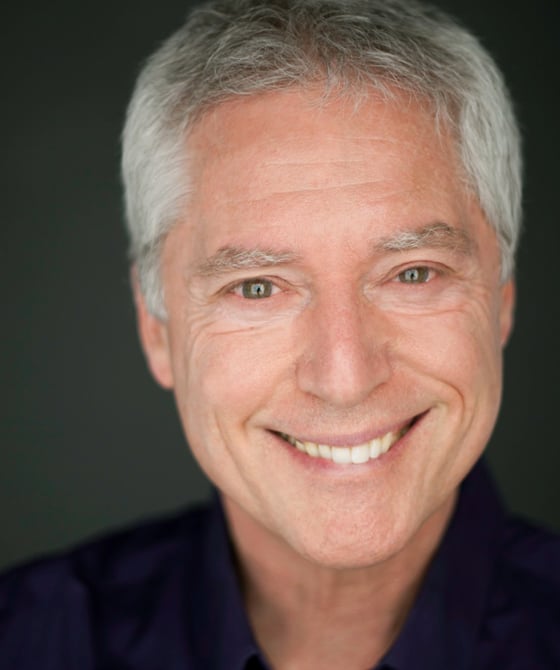The practice of Dzogchen, the Great Perfection, is the pinnacle of the nine vehicles of practice taught in the Nyingma school of Tibetan Buddhism. The highly influential mystic Düdjom Lingpa (1835–1904) and his disciple Sera Khandro (1892–1940), the most prolific female writer in Tibetan history, here illuminate the methods to discover our own primordial purity and abide in uncontrived awareness.
Buddhahood Without Meditation: This is Düdjom Lingpa’s most widely taught visionary text. In it wisdom beings and historical figures in the Great Perfection lineage emphasize the view of cutting through (trekchö) to the original purity of pristine awareness via the four special samayas, or pledges, of the Great Perfection: nonexistence, oneness, uniform pervasiveness, and spontaneous actualization. At each stage of his spiritual progress, Düdjom Lingpa’s doubts are dispelled and his realizations enhanced by pithy advice.
The Fine Path to Liberation: Sera Khandro establishes the necessary motivation and conduct for receiving teachings such as Buddhahood Without Meditation. This sublime Dharma is to be seen in the context of the five perfections of the sambhogakaya: the teacher, place, time, disciples, and Dharma are fully perfected and must not be reified as ordinary.
Garland for the Delight of the Fortunate: Sera Khandro fills in the gaps of Buddhahood Without Meditation, explaining the metaphors, and spelling out the implications of the root text’s highly condensed verses. This is an essential key for unlocking Düdjom Lingpa’s profound wisdom.
BOOK INFORMATION
- Paperback
- 244 pages, 6.00 x 9.00 inches
- $19.95
- ISBN 9781614293460
ABOUT THE AUTHOR

B. Alan Wallace is president of the Santa Barbara Institute for Consciousness Studies. He trained for many years as a monk in Buddhist monasteries in India and Switzerland. He has taught Buddhist theory and practice in Europe and America since 1976 and has served as interpreter for numerous Tibetan scholars and contemplatives, including H. H. the Dalai Lama. After graduating summa cum laude from Amherst College, where he studied physics and the philosophy of science, he earned his MA and PhD in religious studies at Stanford University. He has edited, translated, authored, and contributed to more than forty books on Tibetan Buddhism, medicine, language, and culture, and the interface between science and religion.
Alan is also the founder of the Center for Contemplative Research (CCR), which now has retreat center locations in Crestone, Colorado, and in Castellina Marittima, Italy. A new center is also being established in New Zealand. The CCR is dedicated to researching the role and methods of the ancient contemplative practices of Shamatha and Vipashyana, and their involvement in mental health and wellbeing, as well as their role in fathoming the nature and origins of human consciousness.
The CCR vision builds on the results of the Shamatha Project. It is guided by a Scientific Advisory Board that includes the Nobel Prize-winning physicist and biologist Steven Chu (Stanford University), neuroscientist and clinical psychologist David Presti (UC Berkeley), theoretical physicist Marcelo Gleiser (Director of the Institute for Cross-Disciplinary Engagement at Dartmouth College), and philosopher Michel Bitbol (Director of Research at the Centre National de la Recherche Scientifique). Cognitive scientists at the University of Pisa, the University of Trent, and the Scuola Superiore Sant’Anna in Pisa are committed to conducting research in collaboration with the CCR.
For an introduction, listen to The Nature of Reality: A Dialogue Between a Buddhist Scholar and a Theoretical Physicist. In this public dialogue, Alan Wallace and Sean Carroll, a world-renowned theoretical physicist and best-selling author, discussed the nature of reality from spiritual and scientific viewpoints.